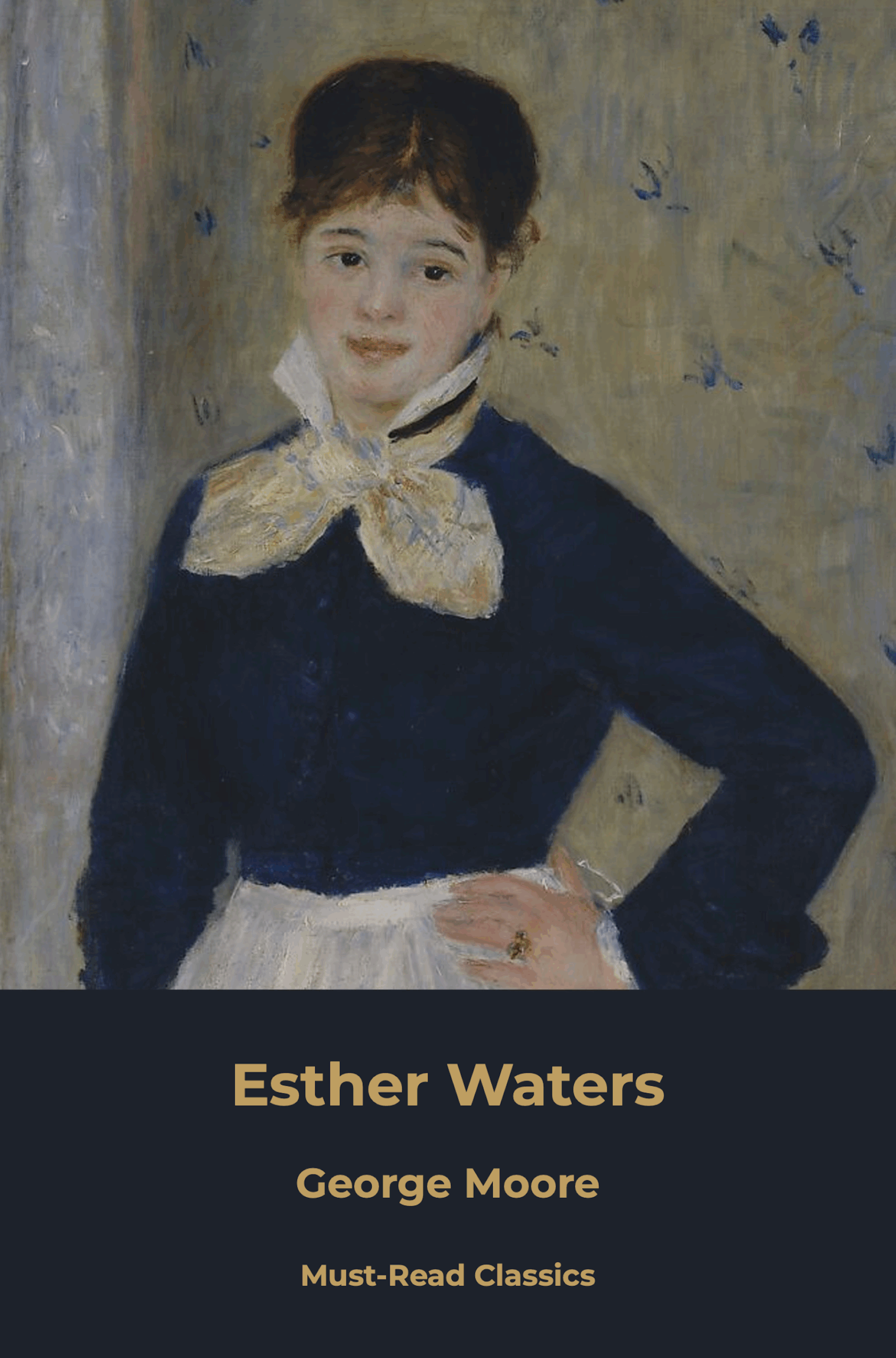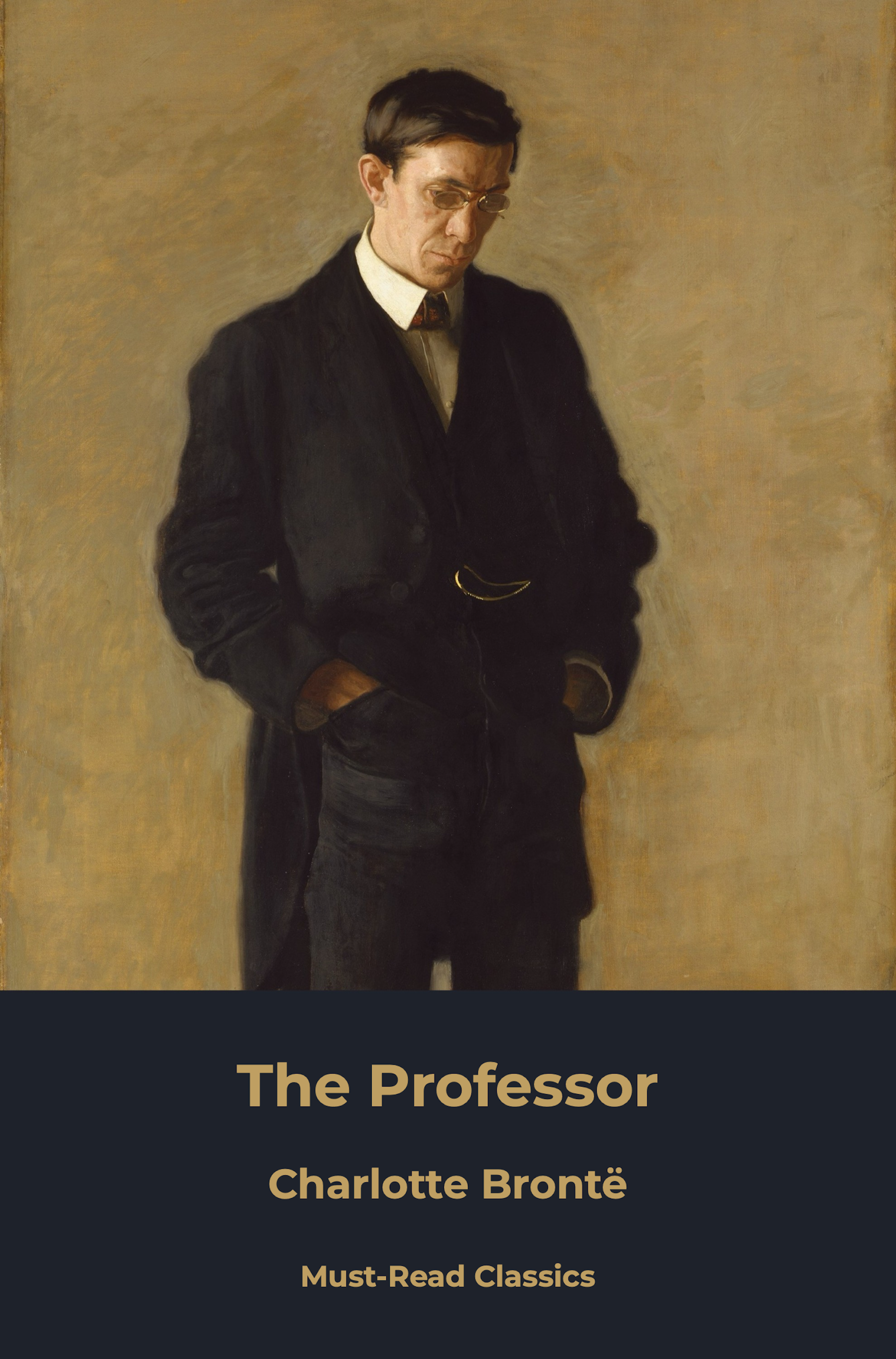
Esther Waters is the story of a young servant girl who refuses to be broken by a world stacked against her. Abandoned by the father of her child, Esther must fight for dignity and survival in Victorian London-a society where single mothers are scorned, and virtue is punished.
First published in 1894, George Moore’s groundbreaking novel shocked readers with its uncompromising realism and deep compassion. It challenged the moral hypocrisies of its time and gave voice to a heroine who would not surrender her child, her values, or her humanity.
This is not a tale of idealized romance. It is a raw, beautifully written portrait of working-class life, moral courage, and quiet endurance. Moore’s style-influenced by French naturalists like Zola-was ahead of its time, paving the way for modern psychological fiction.
